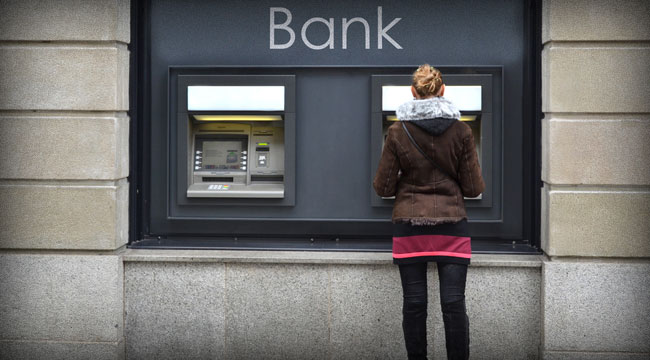
Central Banks Have Killed Free Trade
Defenders and critics of “free trade” and globalization tend to present the issue as either/or:
It’s inherently good or bad. In the real world, it’s not that simple. The confusion starts with defining free trade (and by extension, globalization).
In the classical definition of free trade espoused by 18th century British economist David Ricardo, trade is generally thought of as goods being shipped from one nation to another to take advantage of what Ricardo termed comparative advantage:
Nations would benefit by exporting whatever they produced efficiently and importing what they did not produce efficiently.
While Ricardo’s concept of free trade is intuitively appealing because it is win-win for importer and exporter, it doesn’t describe the consequences of the mobility of capital.
Capital — cash, credit, tools and the intangible capital of expertise — moves freely around the globe seeking the highest possible return, pursuing the prime directive of capital: expand or die.
Capital that fails to expand will stagnate or shrink. If the contraction continues unchecked, the capital eventually vanishes.
The mobility of capital radically alters the simplistic 18th century view of free trade.
In today’s world, trade can not be coherently measured as goods moving between nations, because capital from the importing nation owns the productive assets in the exporting nation. If Apple owns a factory (or joint venture) in China and collects virtually all the profits from the iGadgets produced there, this reality cannot be captured by the models of simple trade described by Ricardo.
In today’s globalized version of “free trade,” mobile capital can skim labor, currencies, interest rates, regulatory burdens and political favors by shifting between nations and assets.
…click on the above link to read the rest of the article…